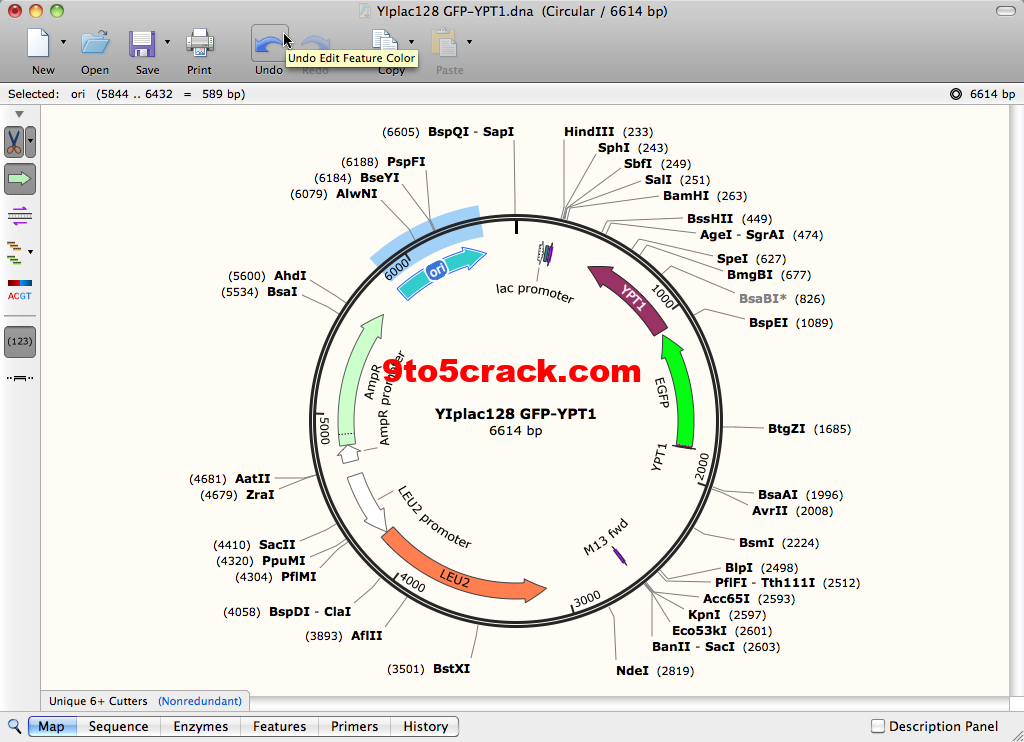


In this exercise you will learn how to merge paired-end Illumina MiSeq reads. A read pair must overlap a significant fraction of its length for the reads to be merged. Merging paired reads, also known as overlapping or assembly of read pairs, converts a read pair into a single read containing a sequence and a set of quality scores. The workflow is exactly the same, but some numbers may not match up. Note: A previous version of this tutorial used a slightly different dataset. If not, you can still follow this tutorial by first downloading the latest input sequences here and then uploading them into Geneious Biologics. If you have recently started Geneious Biologics, your organization may already have the tutorial folders set up as described in the tutorial below. To start this tutorial, you will need input data. This tutorial will cover the following exercises: You will also learn how to assess antibody repertoire diversity through sequence clustering. In this tutorial, you will learn how to merge and annotate next-generation sequencing (NGS) reads produced by sequencing variable gene repertoires from immunized mice. It is advisable to read this article to help you get familiarised with Geneious Biologics before proceeding with the following tutorial.


 0 kommentar(er)
0 kommentar(er)
